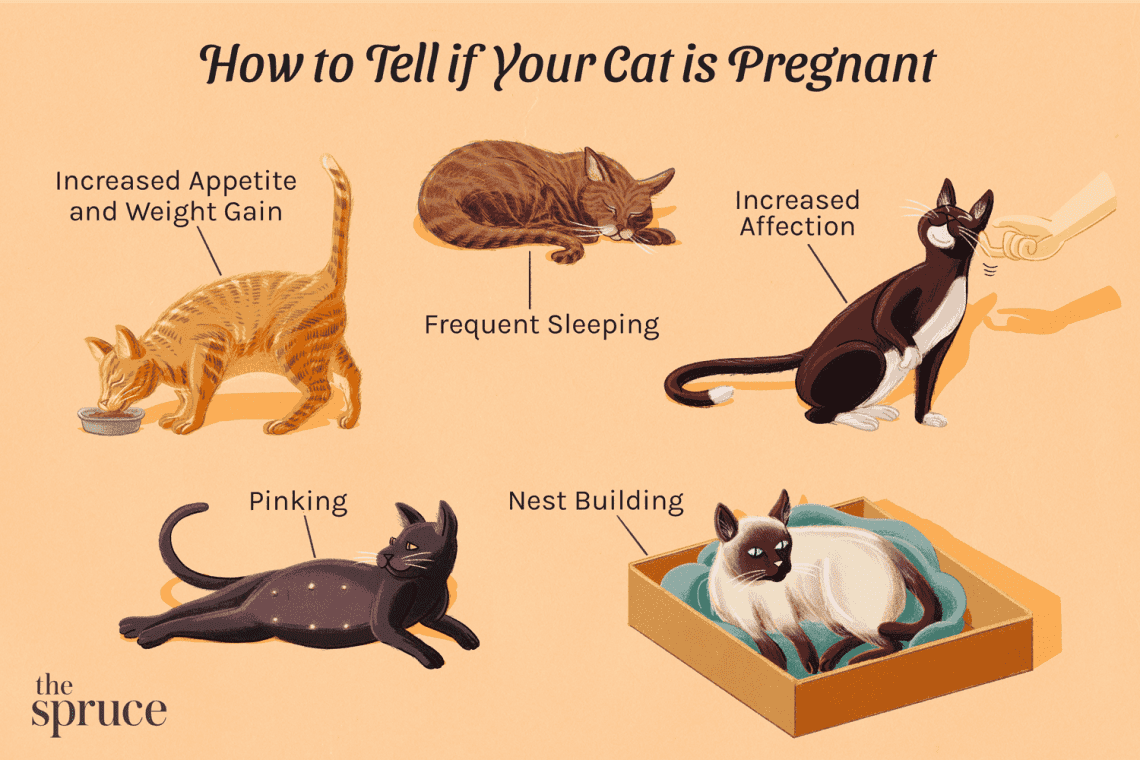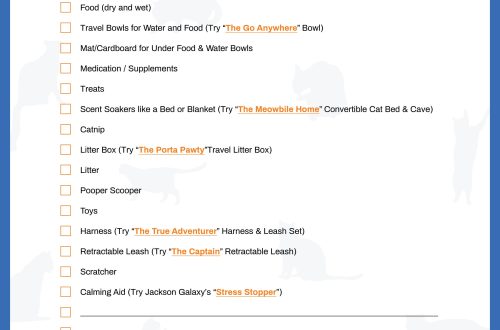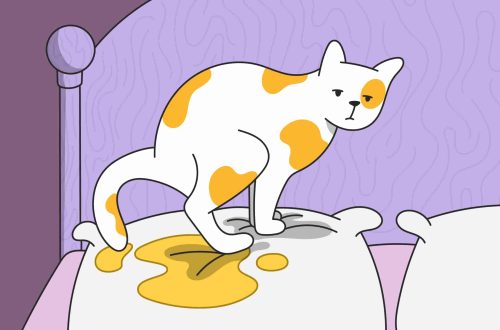
Pregnancy in cats
If you are not planning to have offspring from your cat, it is always best to spay her. Pregnancy in cats is a serious event, and if you decide to let a cat give birth, then you are on a gamble.
The mother cat is more than capable of taking care of everything related to childbirth, so it’s best to leave it to her. However, there are a number of things you can do to make this process easier.
Characteristic features
There are a number of signs that can tell if your cat is pregnant. The first indicator is a violation of the cycle. Another early sign is that the nipples become more prominent and darker, red in color. A pregnant cat also starts to eat more, in addition, she may have bouts of “morning sickness”. After five weeks, it will become noticeable that the cat’s belly is enlarged, and it will continue to grow until the time of delivery.
You may also notice significant changes in your cat’s behavior. She can suddenly become very affectionate and will want to spend all the time around you. Alternatively, a previously very friendly cat may become withdrawn and angry. Don’t worry, these behavioral changes are normal.
Usually pregnancy in cats passes without complications. If you are concerned about your pet or want to confirm her pregnancy, take her to the veterinarian. By examination or with the help of ultrasound, he will confirm that the expectant mother is completely healthy and really expects offspring.
Prepare
During pregnancy, you don’t have to do much for the expectant mother – you just need to make sure that she gets good, healthy food and enough water.
Once pregnancy is confirmed, you should switch your cat to a premium kitten diet such as Hills Science Plan Kitten to provide additional nutrients for the cat and future kittens. Feed your cat this diet until the kittens are weaned. Don’t be surprised if your cat isn’t enthusiastic about food right after giving birth. She has been carrying kittens and will likely prefer to eat several small meals a day.
As the birth approaches, the cat will start looking for a quiet, cozy place where she can settle down. Set up a sort of box with towels inside and encourage your cat to use it as a hiding place. But don’t worry if she ends up choosing somewhere else.
The approach of childbirth is usually accompanied by the separation of milk from the nipples. If you monitor the body temperature of the animal, you will notice that just before birth, it will drop to 38,9 ° C.
When labor begins, your cat may begin to purr loudly and you will see contractions. Remember that in most cases, the cat can handle the birth on its own.
Slowly to slowly
On average, there are from 2 to 5 kittens in a litter. Usually between the birth of kittens, the cat takes breaks from 10 minutes to an hour. If more than 3 hours have passed since the birth of the last kitten and you know that there are still unborn kittens, you need to take the cat to the veterinarian.
At birth, kittens are usually already freed from the amniotic membrane. Usually the mother herself helps them cope with this task. Otherwise, you need to carefully cut it and release the kitten.
Mother cat licks newborn kittens to make them breathe. If she’s too exhausted from labor to do it, or has her next kitten, you’ll have to do it yourself. Gently dry the kitten with a towel in the same way as if the mother were licking it. You must turn the kitten face down to clear the airways of the liquid.
Removal of the placenta
After the birth of each kitten, the placenta should come out. If it remains in the cat’s uterus, it can lead to the development of an infectious process. Count the number of afterbirths and compare it with the number of kittens born. Don’t be surprised if a cat eats one or more afterbirths. This is completely normal and safe. If it turns out that there is an afterbirth in the uterus of the animal, it is urgent to take the animal to the veterinarian.
The mother cat usually bites the umbilical cord herself. If she doesn’t, you’ll have to help her. Tie a piece of strong string around the umbilical cord about an inch from the kitten’s body. With another length of thread, tie off the umbilical cord about an inch closer to the mother’s body, and then cut the umbilical cord with sharp scissors between the two ties.
As soon as newborn kittens have been washed, they should immediately crawl to their mother and start sucking milk. During this period, it is best to leave your cat and her babies alone in a safe place. Congratulations – you now have a whole cat family!





